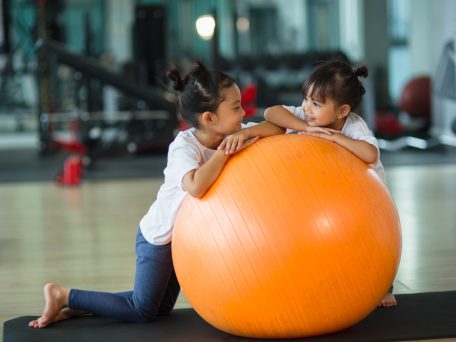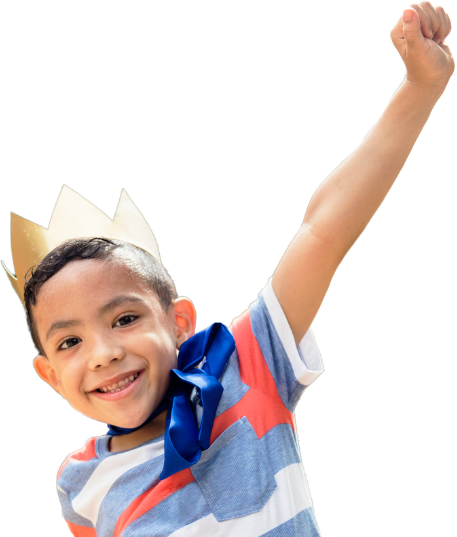One major truth about children is that they don’t all learn the same. Some children learn best when they hear a spoken lesson, while others benefit more from hands on experience. The same is true about where they learn.
An active, wriggly child may find it hard to focus while sitting at a desk but may learn better in a different location.
Flexible seating is one way to help kids who are too wiggly to learn sit down and focus. Flexible seating can be used in the class room, at daycare, and even at home to help kids settle down and focus.
Exercise Ball
Most of us have seen the huge, round balls that can be used to aid an exercise routine. An exercise ball can also be used as a seat however, and can give kids a way to get out excess energy while still focusing on learning.
As you can imagine, exercise balls need clear rules for them to work. Common rules include bouncing lightly on the ball, that the ball must stay on the floor (and not be thrown, etc.) and that kids must sit on their bottoms while on the exercise ball.
Teachers should remove the exercise ball if kids are unable to follow the rules, as throwing the ball or bouncing too hard could prove to be a distraction for other learners.
Wobble Chairs
Not every child is going to like sitting on a giant yoga ball. Fortunately, there’s a huge variety in different flexible seating options. Wobble chairs help students in two different ways. They provide both vestibular and proprioceptive feedback to the child.
They also look more like a chair, and children are less likely to use them improperly. An exercise ball looks so much like a ball, it’s tempting for young kids to treat them that way, the wobble chairs look more like a chair.
Standing Desks
Sometimes, sitting at all may be the problem for an eager young learner. The option to stand can provide the feedback a child needs to be able to stay focused on a task. Studies have shown that standing desks are also very healthy.
Sitting for long periods of time isn’t the most natural thing for our bodies, and giving kids a chance to stand up and stretch can make their back and neck feel better.
Most kids are used to standing desks already, think of the kitchen play sets that require a kid to stand at the stove, or a play workbench. From the very beginning, kids are standing to play, so it makes sense to carry it over into learning.
Kids of all ages can benefit from flexible seating options. The ability to choose where you sit, how you sit, or if you even sit at all can help kids focus during reading time or even when crafting and building. There’s a lot of learning to be done when you’re a child. Clearing the way for learning may be as simple as changing the furniture a little.








